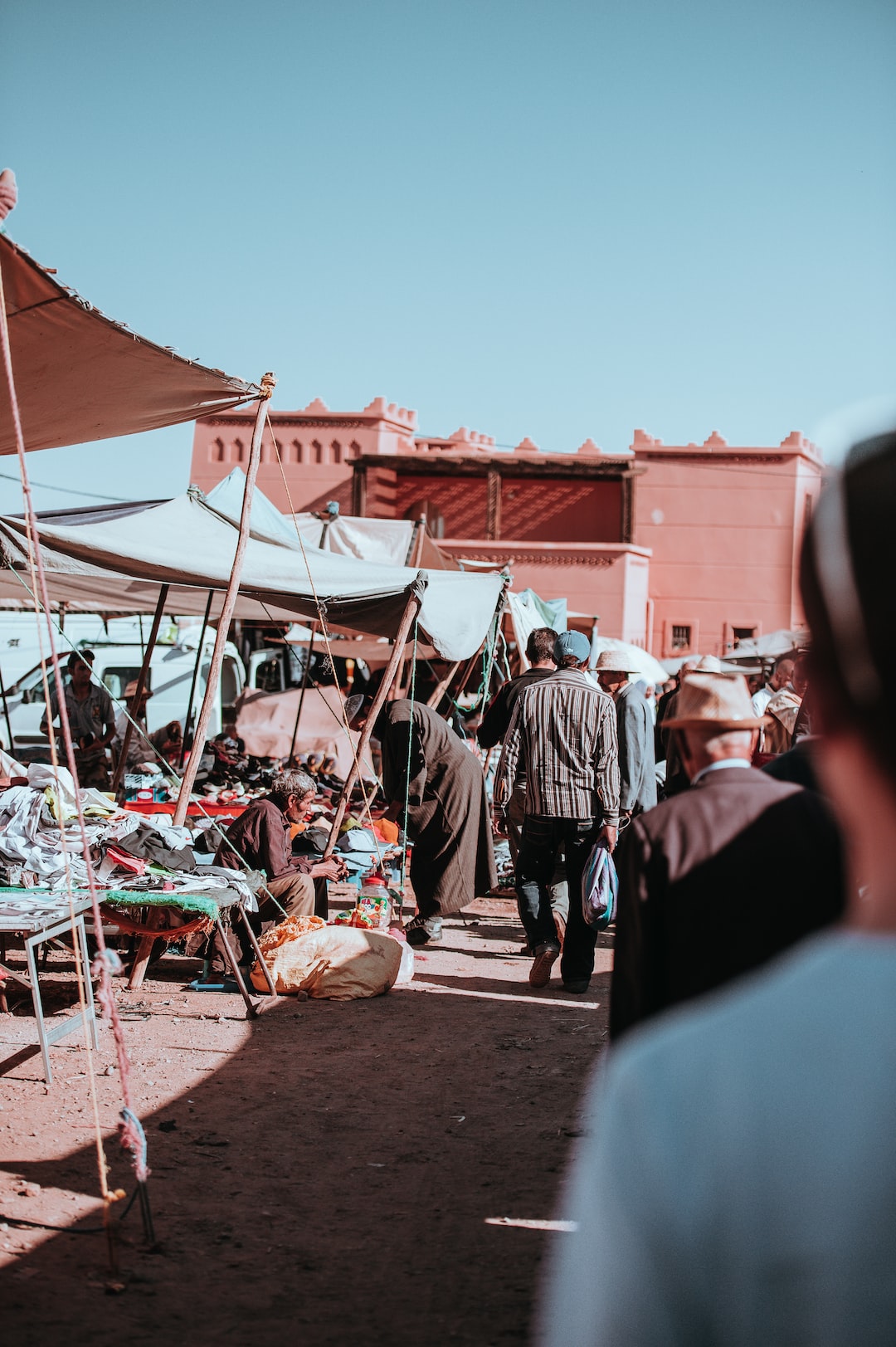💪 Support independent web, support us:
Take in the lively ambiance and immerse yourself in Togolese culture.
Insider travel tips: – Be prepared to haggle for the best prices on goods.
2. Togo National Museum
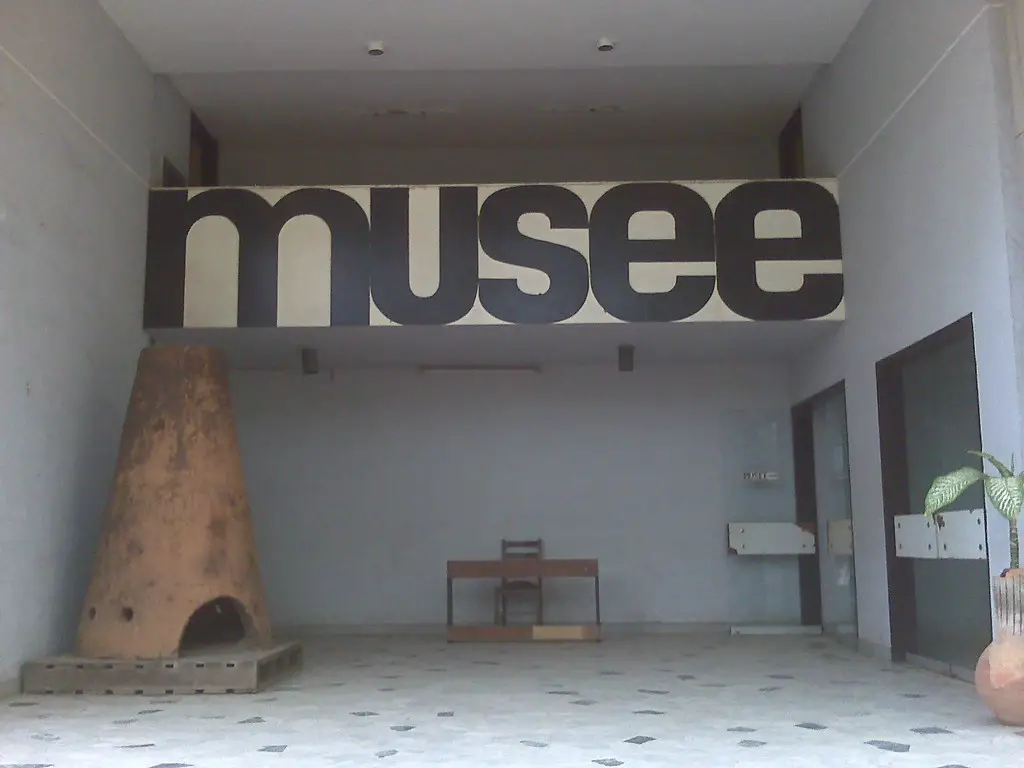
The Togo National Museum is the largest museum in Togo and it showcases the country’s rich history and cultural heritage.
What to see or do: Visitors can explore the various exhibition rooms which are filled with displays of traditional pottery, masks, instruments, textiles, and other cultural artifacts.
There are also exhibits on Togo’s pre-colonial history, the slave trade, and the country’s struggle for independence.
Don’t miss: One of the museum’s most impressive exhibits is the room dedicated to the traditional voodoo religion of Togo, which includes elaborate altars and statues.
Insider travel tips:
3. Independence Monument
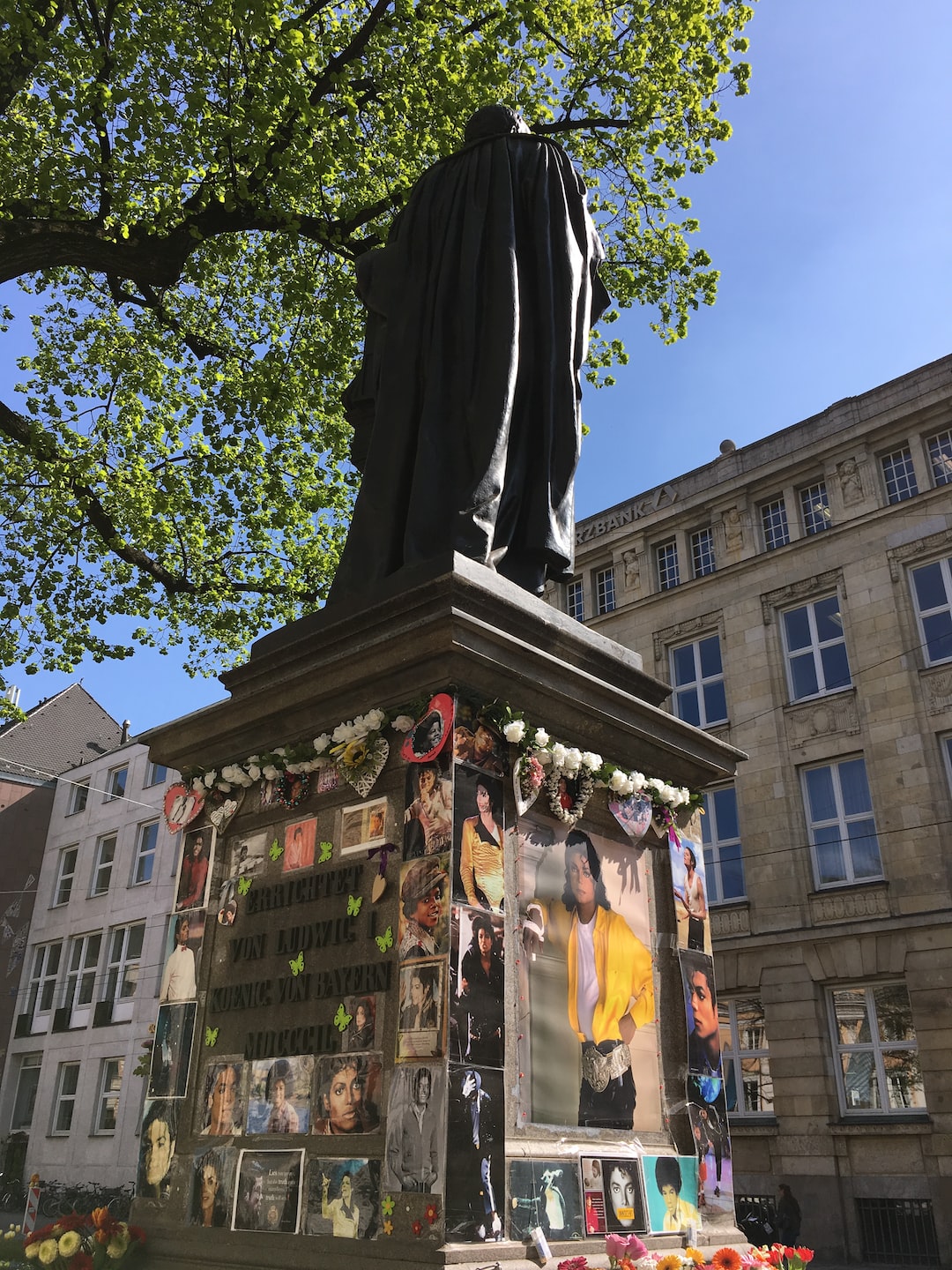
The Independence Monument is a structure located in Phnom Penh, the capital of Cambodia.
What to see or do: Visitors can simply admire the impressive Khmer-style architecture of the monument, which stands at 20 meters tall. It is also a popular spot for taking photographs, especially during sunset when it lights up.
Don’t miss: If you happen to be in Phnom Penh during Independence Day (November 9), you’ll be treated to a grand celebration at the monument, complete with a parade and fireworks display.
Insider travel tips: It’s best to visit the Independence Monument during the day as there are not many lights at night, and the surroundings may be a bit romantically isolated.
The area surrounding the monument is a busy roundabout, so it’s important to exercise caution when crossing the street.
4. Akodésséwa Fetish Market
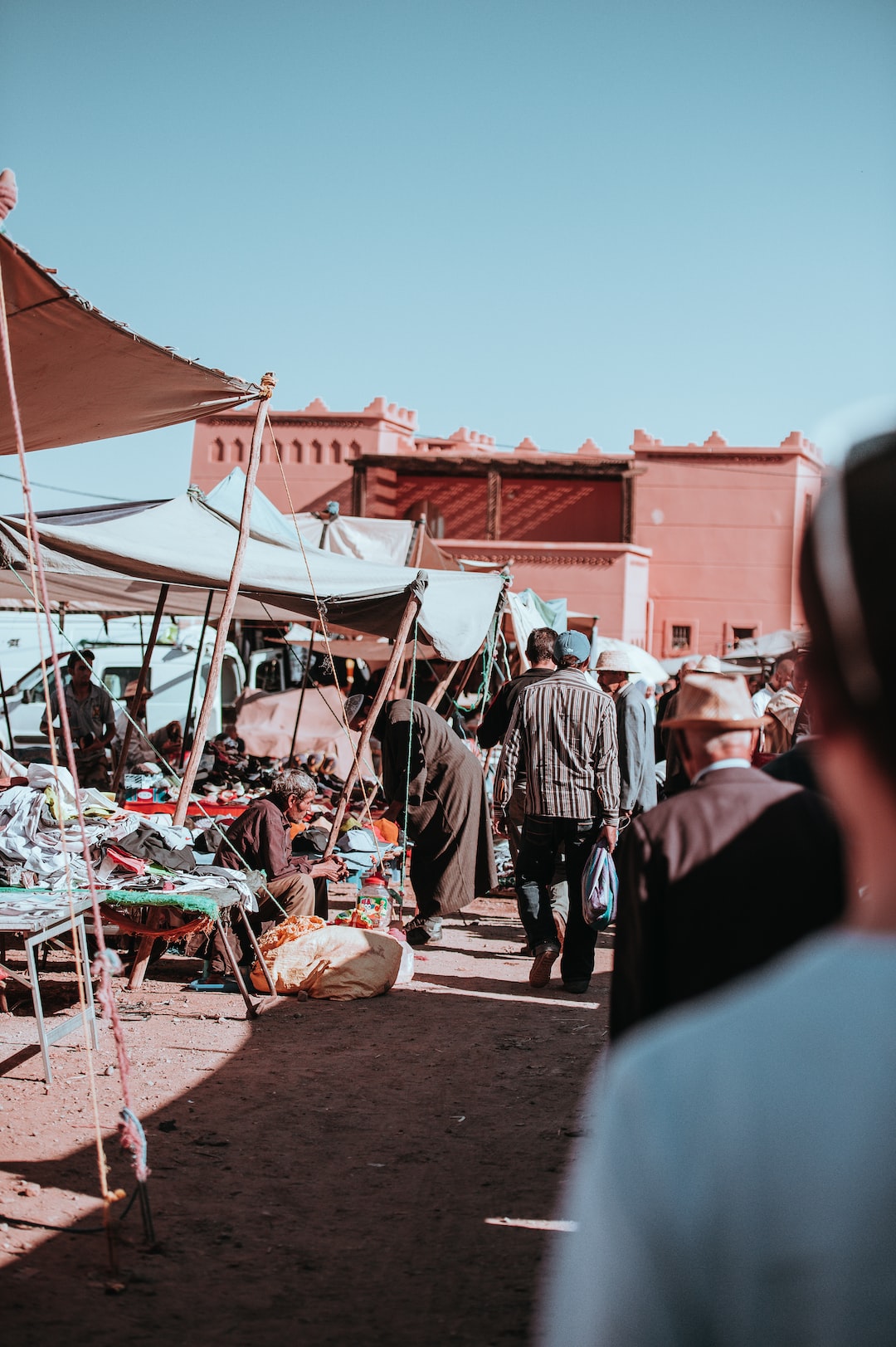
Akodésséwa Fetish Market is a unique open-air market in Lomé, Togo that specializes in the sale of traditional African medicinal products, voodoo charms, and fetishes.
What to see or do: Visitors to Akodésséwa Fetish Market will have the opportunity to explore and experience a world of African traditional medicine and spirituality.
The market offers a wide range of products, including animal parts, herbs, statues, amulets, and magical talismans.
Don’t miss: One of the most intriguing items on sale at the market is the “monkeys’ heads,” which are actually the dried remains of monkeys’ skulls and are believed to bring wealth and good fortune to the buyer.
Other popular items include elephant feet, snake skins, and chameleons, all of which are believed to possess magical properties that can bring success, protection, and healing.
Insider travel tips: Visitors should keep in mind that the market is primarily for locals, and some vendors may not appreciate being photographed or recorded.
It’s also important to respect the beliefs and traditions of the local people and not make any derogatory comments or gestures.
Additionally, visitors should be prepared for the strong smells and graphic nature of some of the products on sale at the market.
5. Koutammakou UNESCO World Heritage Site
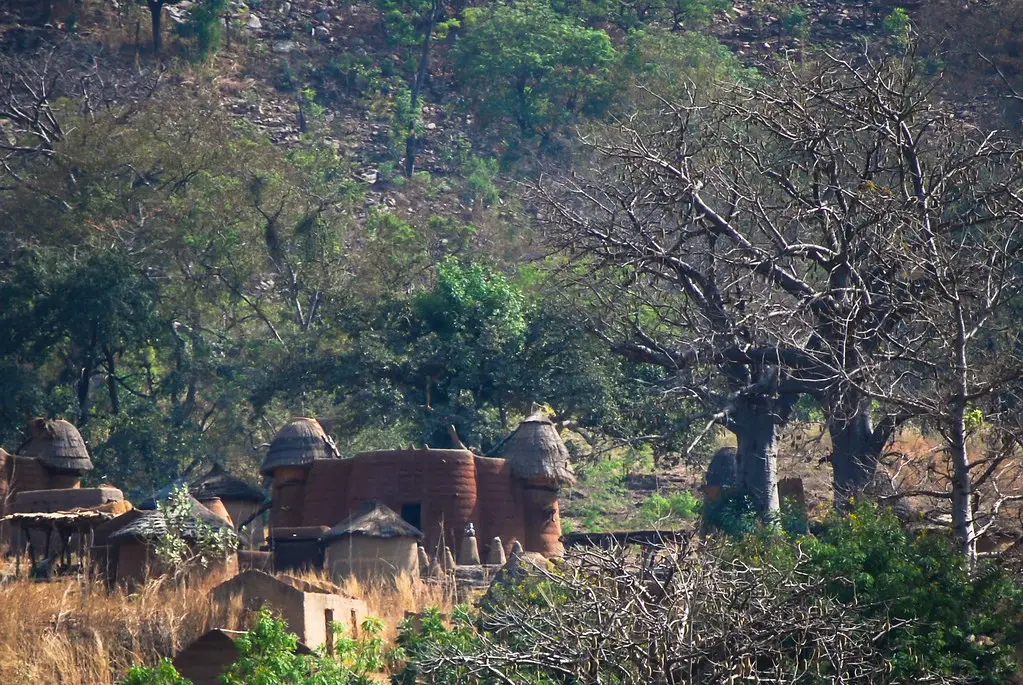
Koutammakou is a UNESCO World Heritage Site located in northern Togo, West Africa. It is a cultural landscape composed of traditional clay houses and fortified structures of the Batammariba people.
What to see or do: Visitors can explore the unique architecture of the Batammariba people, including their distinctive clay houses with conical thatched roofs. The landscape is also dotted with fortified compounds, which were historically used for defense against raiders.
Don’t miss: Don’t miss the opportunity to climb the nearby Takienta rock formations, which offer stunning views of the surrounding landscape. Additionally, be sure to check out the nearby village of Kouma Konda, which is famous for its blacksmiths and metalworking.
Insider travel tips: Consider hiring a local guide to help you navigate the area and learn more about the culture and history of the Batammariba people.
It’s also a good idea to bring sturdy hiking shoes, as much of the terrain is rocky and uneven.
Finally, be respectful of local customs and traditions, such as asking for permission before taking photographs of people or their homes.
6. Slave House of Togo
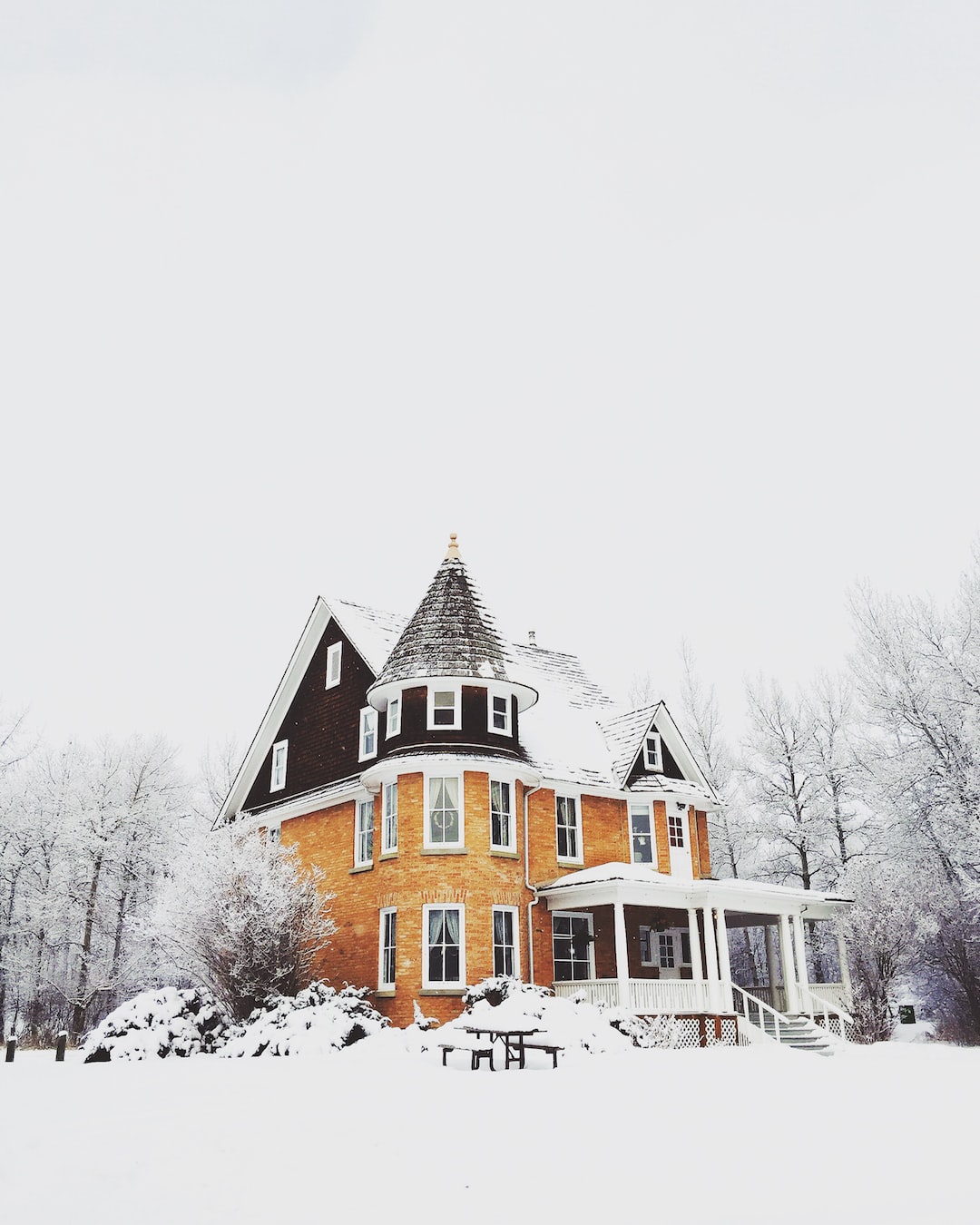
A historical site that was once used to house slaves.
What to see or do: Explore the slave house which includes viewing the tiny cells where slaves were kept captive. Visitors can also learn about the history of the transatlantic slave trade and the impact it had on West Africa.
Don’t miss: The Door of No Return, a small opening where slaves were forced to walk through before being loaded onto ships bound for the Americas.
Insider travel tips: Consider hiring a guide for a more educational experience.
Also, be prepared for an emotional and sobering visit as the slave house is a reminder of the brutal history of the transatlantic slave trade.
7. Monument of the Thousand
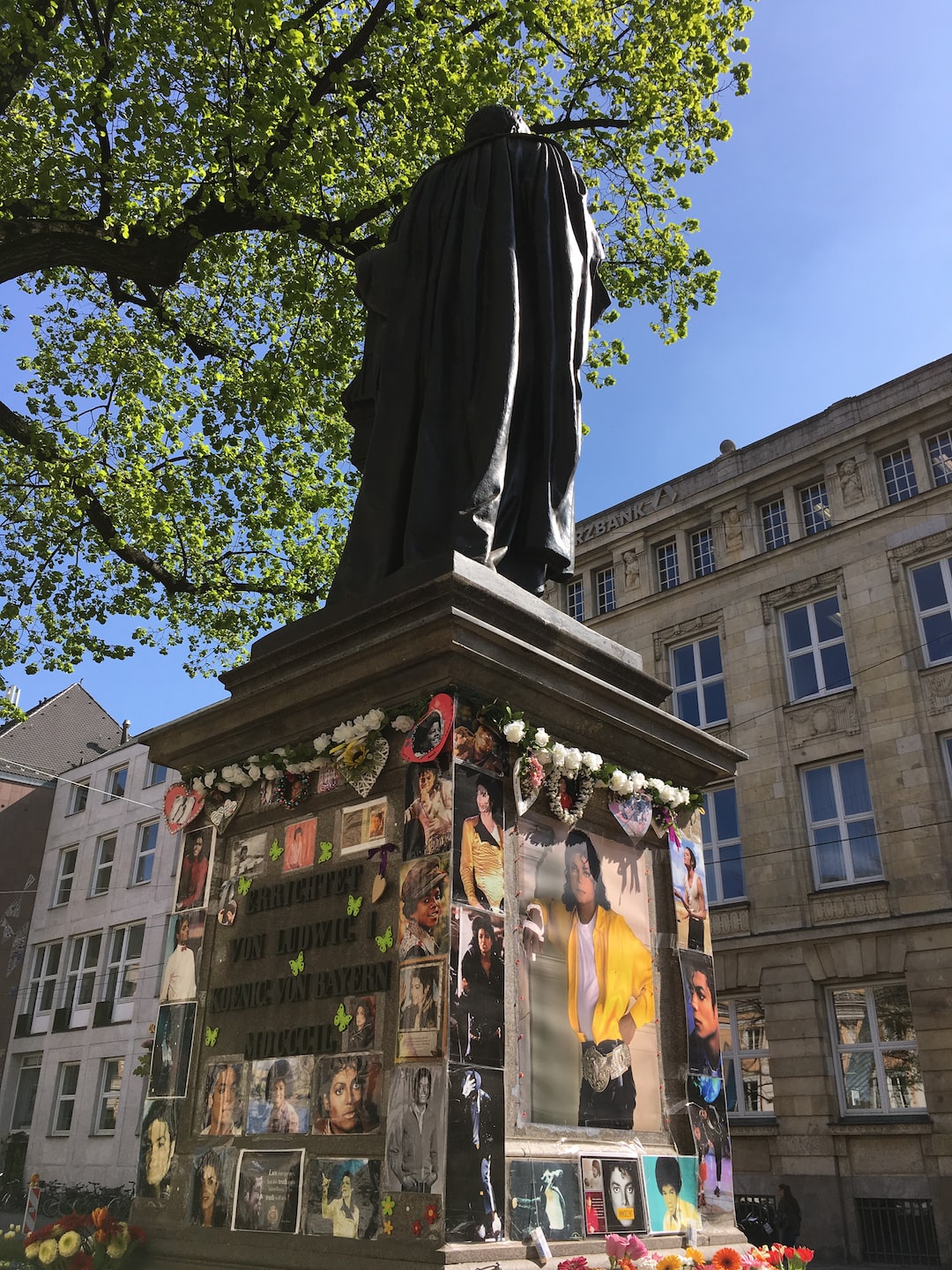
Monument of the Thousand, also known as “Mille” in Italian, is a historic landmark located in Quarto, Italy.
What to see or do: The monument was erected in honour of Garibaldi and his Thousand, who landed in Quarto in 1860 to conquer the Kingdom of Naples during the Italian unification.
Visitors can admire the imposing statue of Garibaldi, which stands on top of a high pedestal, surrounded by impressive marble figures representing the different aspects of the Risorgimento.
Don’t miss: Take a close look at the four feminine figures, allegories of the main Italian regions involved in the Unification process. You will be impressed by the detail of their clothes, accessories and hairstyles, all rich in symbolic meaning.
Insider travel tips: If you want to see the monument in all its glory, we suggest you go there at night.
The monument is illuminated by a play of lights that enhances the beauty of the marble figures, creating a suggestive and romantic atmosphere.
Also, don’t forget to bring your camera and take some stunning shots of this unmissable landmark.
8. Mount Agou
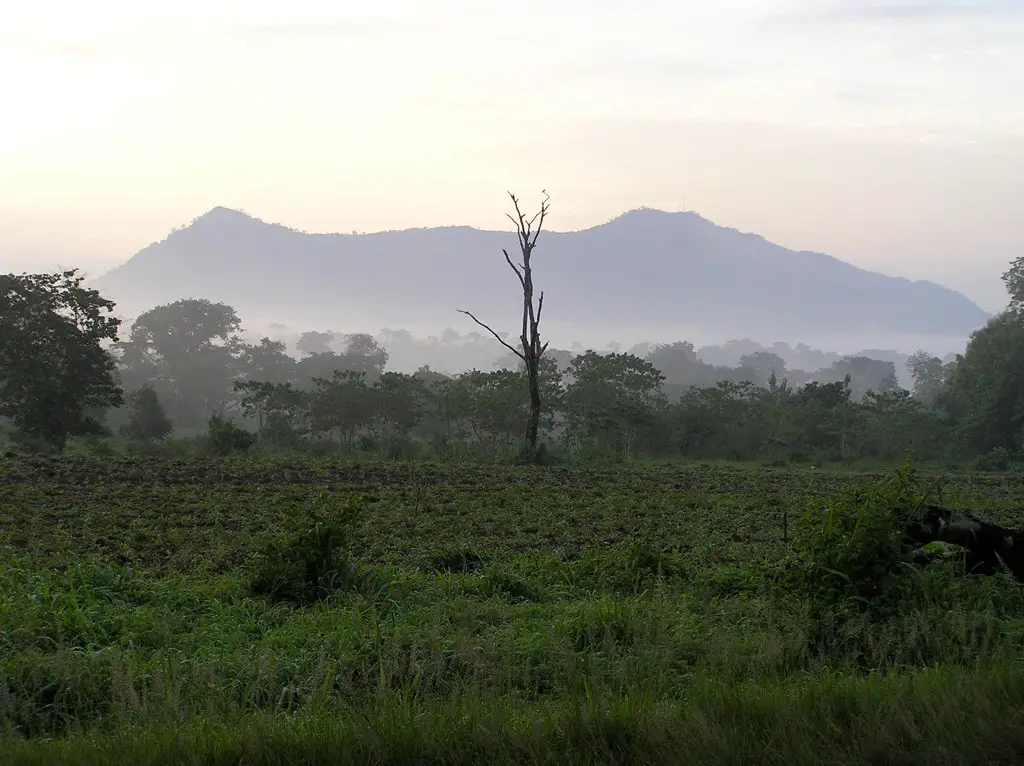
Mount Agou is the highest mountain in Togo, reaching an elevation of 986 meters.
What to see or do: Visitors can explore the lush greenery surrounding the mountain, as well as hike up to the peak for stunning views of the surrounding landscape.
Along the way, hikers may also encounter traditional villages and experience local culture.
Don’t miss: Don’t miss the opportunity to see the sunrise or sunset from the summit of Mount Agou, which offers breathtaking views of the surrounding area.
Visitors can also stop by nearby fruit markets to try locally grown produce.
Insider travel tips: Be prepared for a challenging hike, as the path to the summit can be steep and rocky.
It’s also a good idea to bring plenty of water and snacks, as there are limited supplies available on the trail.
Consider hiring a local guide for a safer and more enjoyable experience.
9. Lake Togo
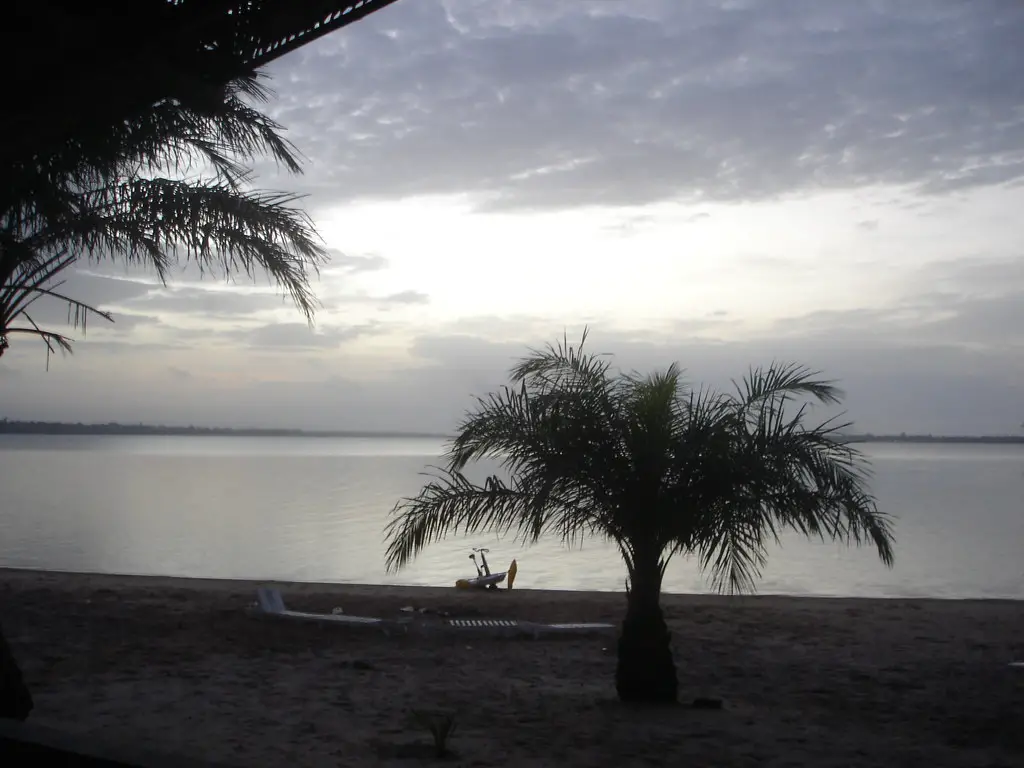
Lake Togo is a large lagoon located in Togo, West Africa, between the Atlantic Ocean and the coastal town of Aného.
What to see or do: Visitors can enjoy a variety of activities on and around the lake, such as boat tours, fishing, and birdwatching. The surrounding beaches provide a perfect spot for sunbathing and swimming.
Don’t miss: Make sure to take a boat tour to explore the small islands located within the lake, where you will discover beautiful landscapes and diverse wildlife, including a large number of birds and monkeys.
Insider travel tips: The best time to visit Lake Togo is during the dry season, which runs from November to February. It’s recommended to bring insect repellent as mosquitoes can be very present in this area.
Additionally, tourists should be cautious when swimming in the lake due to the presence of strong currents.
10. Togoville

A historic town located on the northern shore of Lake Togo in Togo.
What to see or do: – Visit the Togoville Museum which contains exhibits showcasing the history and culture of the town.
Don’t miss: – The annual Vodou festival which takes place in January and February.
Insider travel tips: – Be sure to negotiate prices with vendors in the market.
11. Notre-Dame Cathedral of Lomé
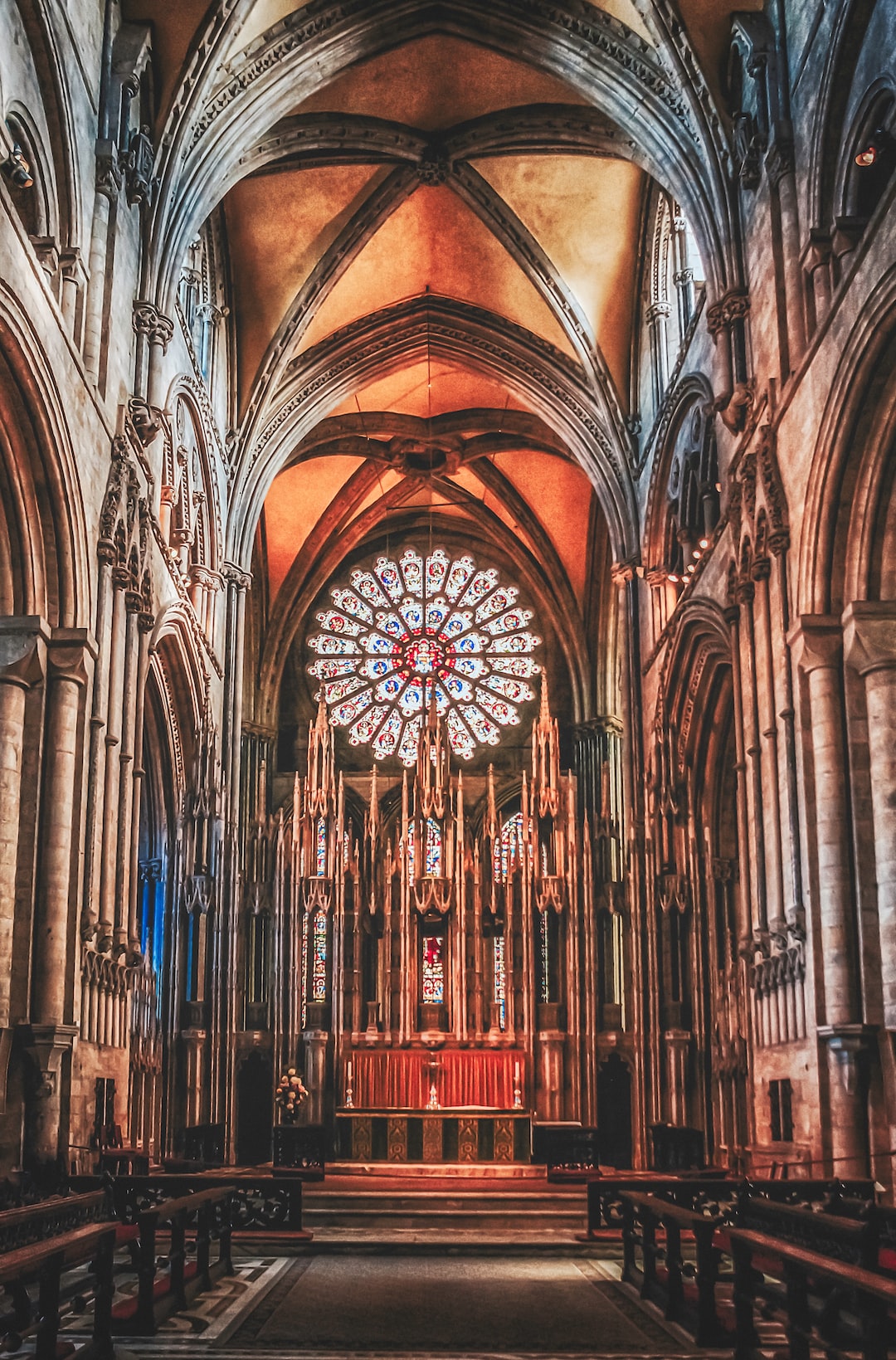
A majestic Catholic cathedral located in the heart of Lomé, Togo’s capital city.
What to see or do: Admire the beautiful gothic architecture of the Cathedral, including its stunning stained glass windows and impressive bell tower. Attend a religious service and experience the spiritual ambiance of the church.
Don’t miss: The magnificent bronze statue of the Virgin Mary, which stands in the courtyard of the Cathedral. It is known to be the tallest statue of Mary in West Africa.
Insider travel tips: Make sure to dress appropriately when visiting the Cathedral, as it is a place of worship. Women should cover their shoulders, and both men and women should avoid wearing shorts or revealing clothing.
Additionally, check the schedule of masses if you plan on attending a service, and arrive early to secure a seat.
12. Fazao-Malfakassa National Park
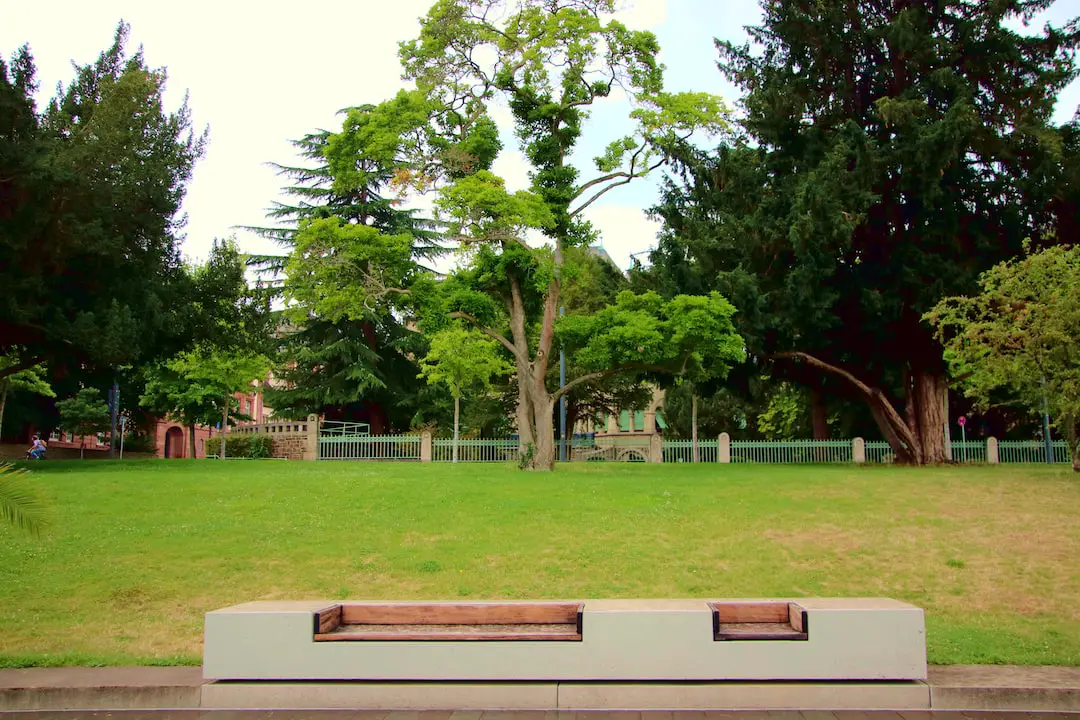
Fazao-Malfakassa National Park is a protected area covering 192,000 hectares of savannas, woodlands, and hills in Togo, West Africa.
What to see or do: Visitors can go on guided walks, treks, and game drives to see the diverse wildlife, including elephants, buffalos, antelopes, and primates.
You can also visit the traditional villages of the Bassari people who have lived in the park for generations.
Don’t miss: Make sure to check out the stunning waterfalls, including the Otefe Falls, Cascade de la Vina, and Somba Falls. And, keep your eyes peeled for rare and endangered species such as the Ethiopian wolf and the West African lion.
Insider travel tips: If you’re planning to visit, it’s best to come during the dry season (November to March) when the roads are more accessible and wildlife is easier to spot.
Also, be sure to hire a reliable guide.
13. Coco Beach
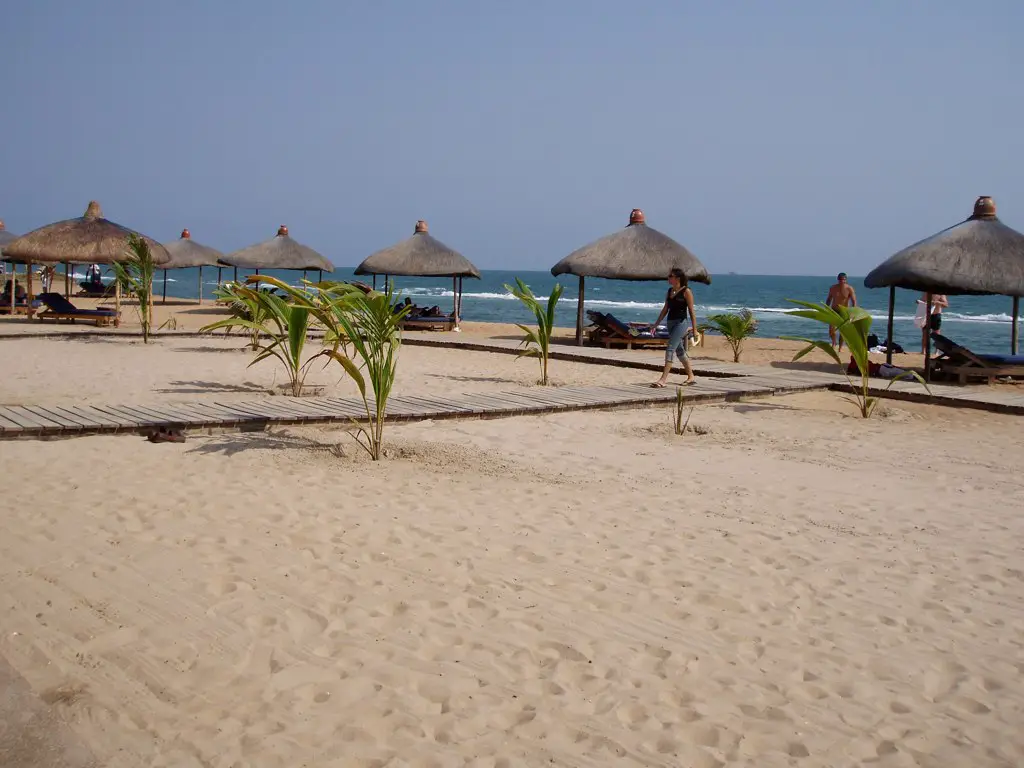
Coco Beach is a beautiful beach located in the town of Puerto Galera, Philippines.
What to see or do: There are plenty of activities you can do at Coco Beach, such as swimming, snorkeling, and sunbathing. You can also go on island-hopping tours, visit nearby waterfalls, and explore the town of Puerto Galera.
Don’t miss: Don’t miss the stunning sunset views from Coco Beach. The beach is known for its picturesque sunsets that create a romantic and peaceful ambiance.
Insider travel tips: – Coco Beach can get busy during peak season (December to May), so it’s best to book accommodations in advance.
14. Goumoukoura Falls
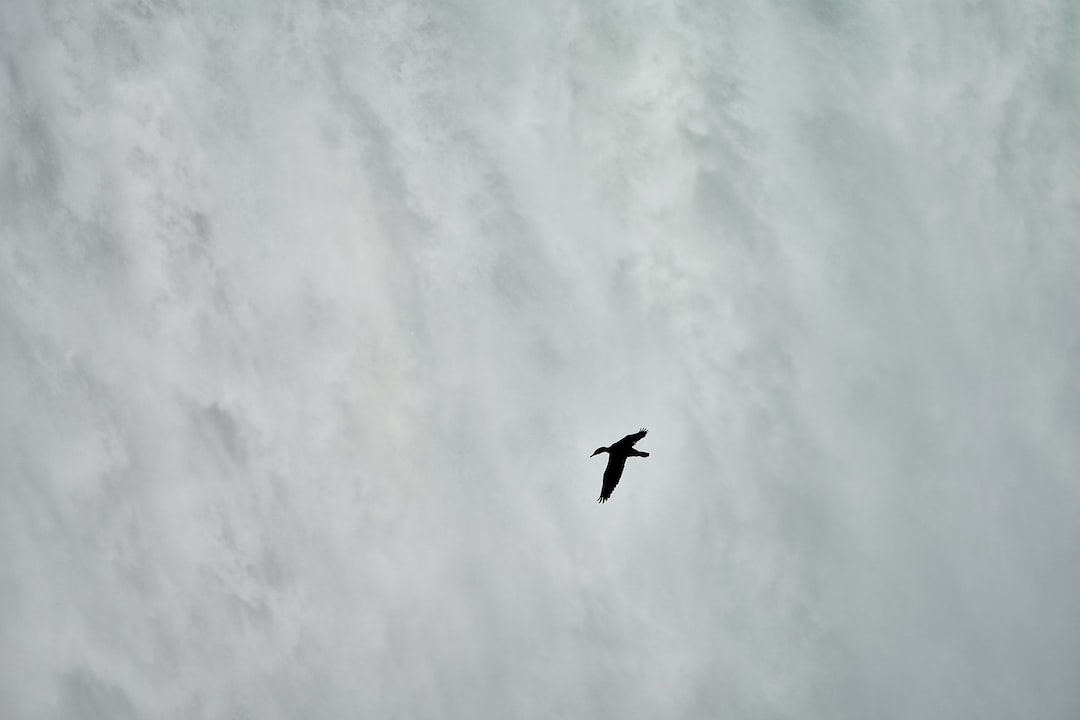
Goumoukoura Falls is a stunning cascade located in Burkina Faso, West Africa. The falls drop 20 meters into a deep pool surrounded by lush vegetation.
What to see or do: Visitors can witness the powerful flow of water creating a beautiful mist that fills the air. Swimming in the cool pool is also a popular activity.
Don’t miss: Don’t miss the chance to explore the surrounding area and take in the incredible natural beauty.
Insider travel tips: Be sure to bring a waterproof camera to capture the stunning views of the falls.
Also, it’s recommended to visit in the rainy season when the falls are at their most impressive and the surrounding landscape is lush and green.
15. Cascade de Womé
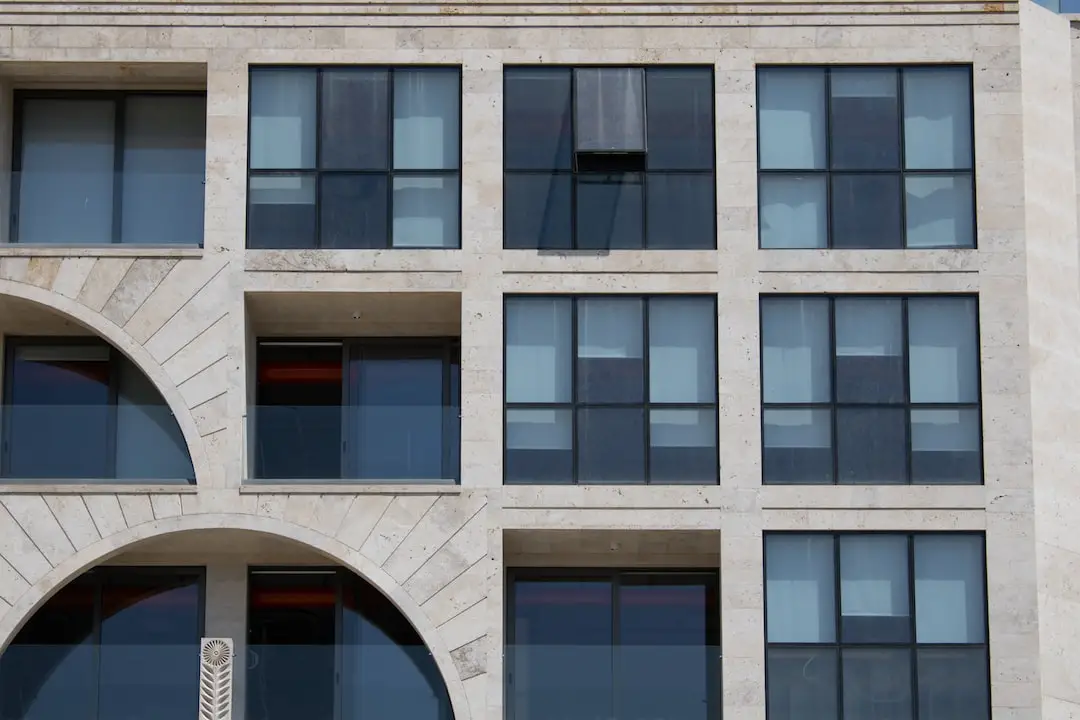
Cascade de Womé is a stunning waterfall located in the heart of the Kpalimé region of Togo, West Africa.
What to see or do: Visitors can marvel at the beauty of the waterfall as it cascades down a series of rock formations into a tranquil pool below.
You can also explore the surrounding lush green forest and enjoy the serene atmosphere.
Don’t miss: Don’t miss the opportunity to take a dip in the refreshing pool at the base of the waterfall, which is perfect for a refreshing swim.
Also, admire the natural beauty of the colorful butterflies that inhabit the area.
Insider travel tips: – Be sure to wear comfortable shoes as the terrain can be quite steep and rocky.
16. The Voodoo Forest
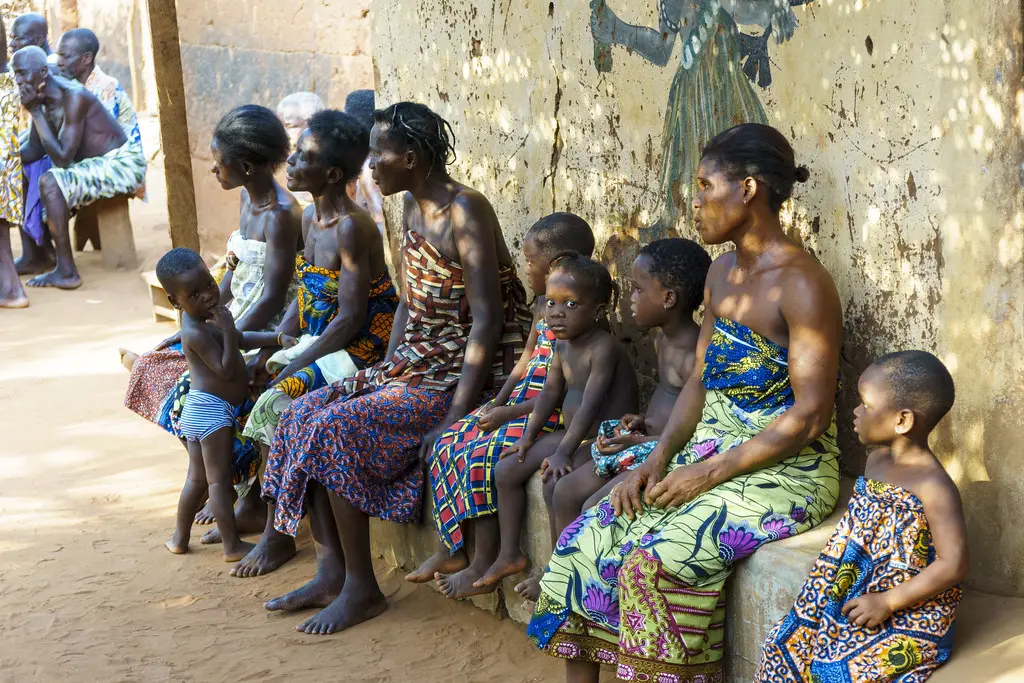
A lush and mysterious forest located in Haiti that is steeped in voodoo folklore and culture.
What to see or do: Visitors can take guided tours to learn about the history and significance of the forest in voodoo beliefs, as well as admire the stunning natural beauty of the area.
There are also opportunities to witness voodoo ceremonies and rituals, as well as purchase traditional voodoo crafts and souvenirs.
Don’t miss: The Grand Bassin, a large and sacred natural spring that is believed to be inhabited by voodoo spirits and is a popular destination for pilgrimages and offerings.
Additionally, don’t miss the opportunity to taste some of the local cuisine, which includes unique dishes made with ingredients believed to have voodoo healing properties.
Insider travel tips: Be respectful of the voodoo culture and beliefs, and dress conservatively when visiting the forest.
It is also recommended to hire a local guide to ensure a safe and informative experience, and to avoid visiting during hurricane season (June-November) when the area is prone to heavy rainfall and flooding.
17. National School of Administration and Magistracy

The National School of Administration and Magistracy (École Nationale d’Administration et de Magistrature or ENAM) is a prestigious training institution in Cameroon that prepares students for careers in public administration and judiciary.
What to see or do: Visitors are not allowed to enter the campus, but ENAM organizes various events throughout the year, including conferences, workshops, and cultural activities, which are open to the public.
Don’t miss: If you’re interested in a career in public service or law, attending an ENAM event can give you a glimpse into the training and education that Cameroon’s top civil servants and lawyers receive.
Insider travel tips: ENAM is located in the Ngoa-Ekelle neighborhood of Yaoundé, the capital city of Cameroon.
If you’re traveling to Yaoundé, it’s worth checking out ENAM’s event calendar to see if there are any upcoming events that you might be interested in attending.
18. Keran National Park
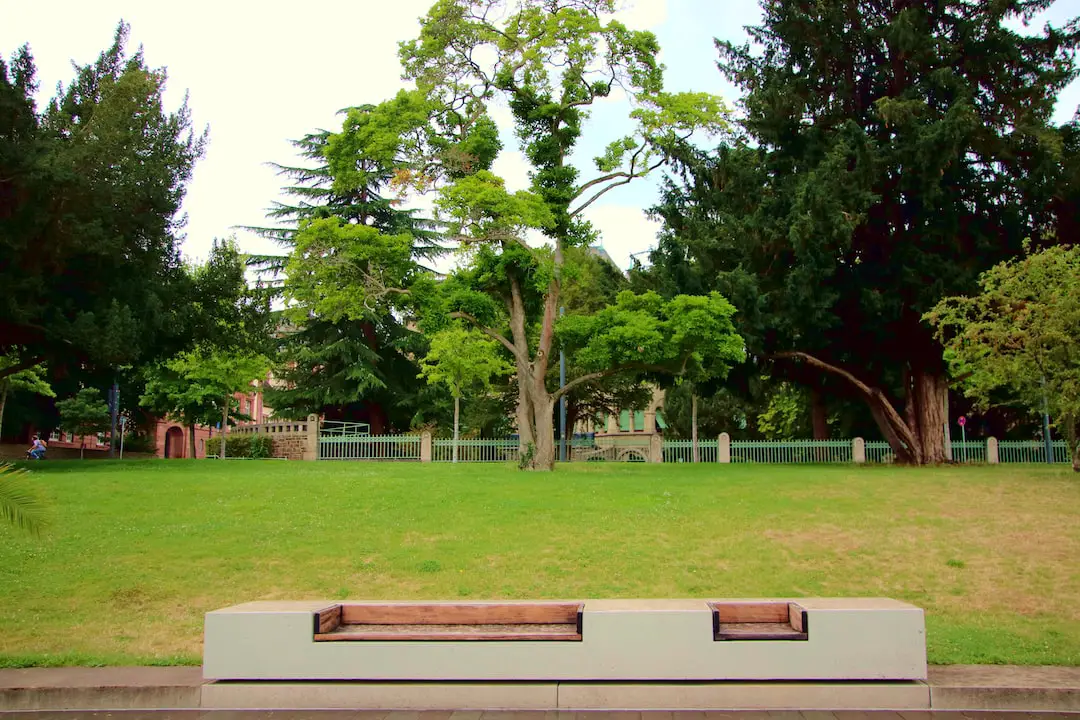
Keran National Park is a protected natural reserve located in Azad Jammu and Kashmir, Pakistan.
What to see or do: Visitors can indulge in a range of outdoor activities, such as hiking, camping, and bird watching.
The national park is home to diverse fauna and flora species, including leopards, black bears, monkeys, pheasants, and pine and deodar trees.
Don’t miss: Make sure to explore the scenic picnic spots and trekking trails that offer breathtaking views of the Neelum River and surrounding mountains.
Insider travel tips: For the best experience, plan your visit between April and October, when the weather is mild and the park is in full bloom.
It is recommended to carry basic camping gear and a reliable guide for navigating the trails. Additionally, a permit from the park authorities is required to enter the park.
19. Cheikh Anta Diop University
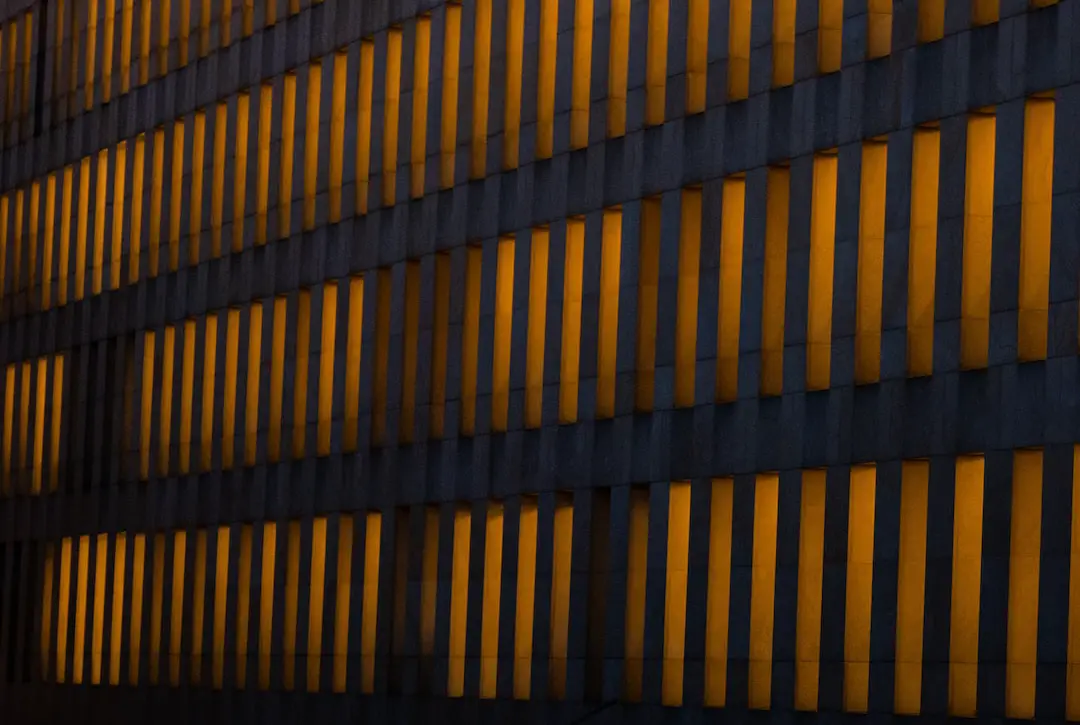
Cheikh Anta Diop University is a public university located in Dakar, Senegal and named after the renowned Senegalese historian, anthropologist, and physicist Cheikh Anta Diop.
What to see or do: The university offers a wide range of academic programs in various fields including humanities, social sciences, natural sciences, and engineering. Visitors can attend lectures, seminars and conferences on various topics hosted by the university.
Don’t miss: If you happen to visit the university, don’t miss the opportunity to explore the campus. The university has a vast area, beautiful green spaces and modern buildings.
Insider travel tips: The university is easily accessible through taxis or public transportation.
20. Aneho
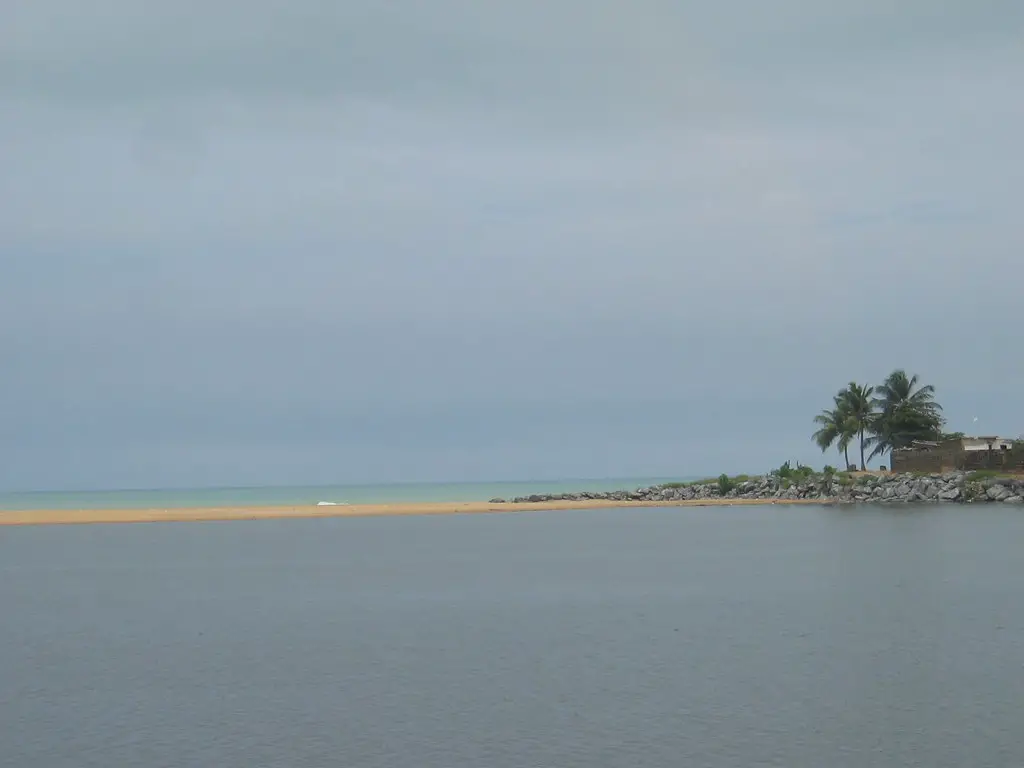
Aneho is a historic town located in the Maritime region of Togo.
What to see or do: Visit the Koutammakou landscape, a UNESCO World Heritage site known for its traditional mud houses. Explore the local markets and purchase textiles, jewelry, and basketry from the artisans.
Take a swim in one of the nearby beaches or hire a local fishing boat for a day trip.
Don’t miss: The traditional Guin Festival held in August, where locals honor their ancestors through dancing, music, and offering sacrifices.
Insider travel tips: Hire a local guide to provide cultural context and navigate the town’s many attractions. Be prepared for hot and humid weather, and bring mosquito repellent.
Respect local customs and dress modestly when visiting cultural sites.
21. Daye Komi Botanical Garden
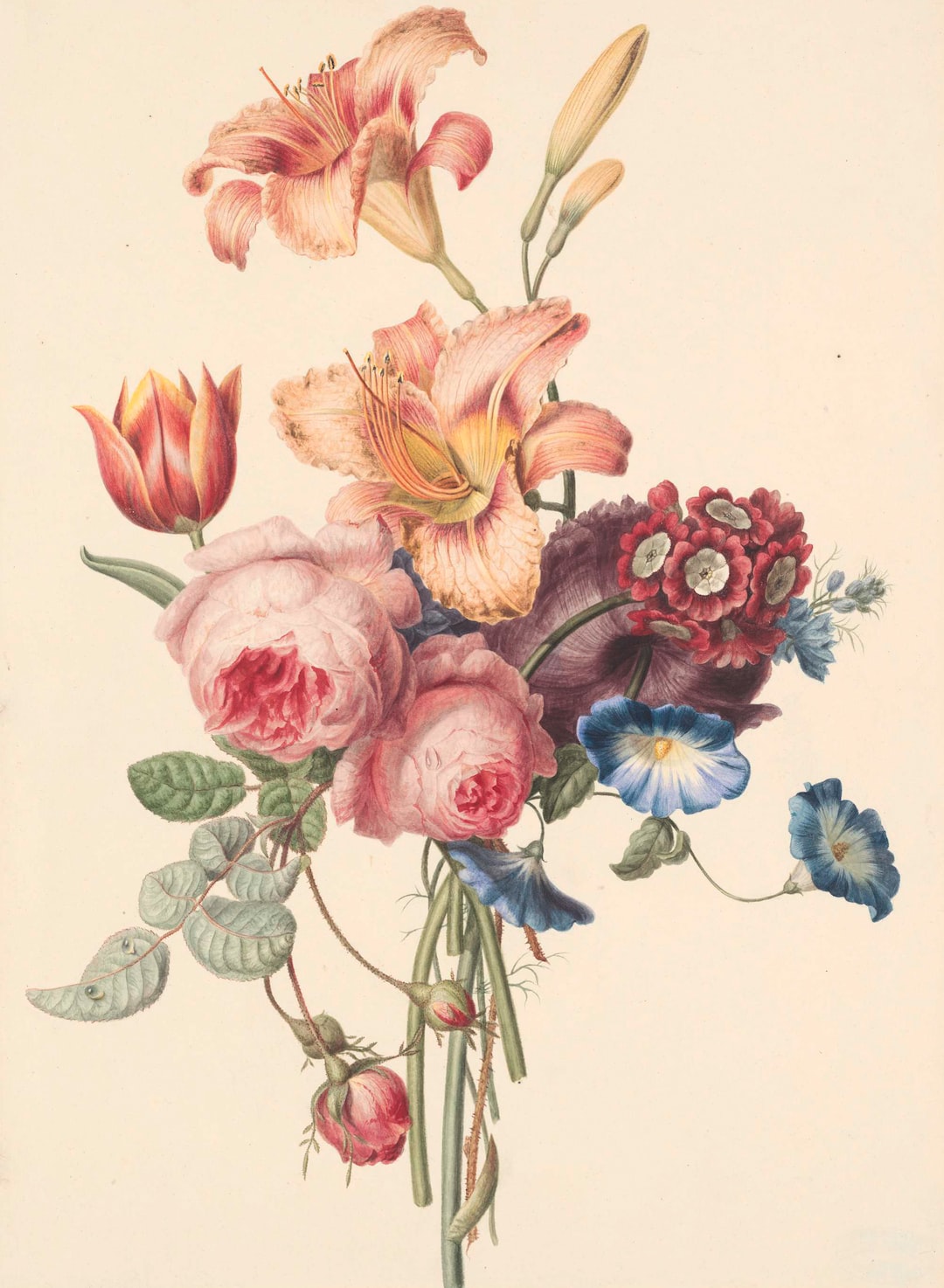
Daye Komi Botanical Garden is a sprawling nature reserve, which has over 4,000 plant species, including rare and endangered species.
What to see or do: Tourists can explore a vast expanse of the garden, which is divided into different themed sections like the Chinese Herb Garden, the Pine Forest, Wild Plant Garden, and Rock Garden.
Visitors can enjoy walking on the quiet pathways, admiring various plant species, and taking in the heavenly natural beauty of the surroundings.
Don’t miss: Don’t miss the magnificent collection of the orchid species, which is the highlight of the Garden. Visitors can also witness an awe-inspiring view of the artificial waterfall and the colorful Koi fish pond.
Insider travel tips: It’s a good idea to carry sunscreen, insect repellant, and a hat, especially during the summer months as it can get quite hot and humid.
Guided tours are available, and they are worth taking to learn more about the plants and their history. Avoid visiting the park during the public holidays and weekends as it might get crowded.
Plan to spend a day here to witness it all!
22. Lomé-Tokoin Airport

A major international airport located in Lomé, the capital city of Togo in West Africa.
What to see or do: As it is primarily a transportation hub, there are not many recreational activities to do within the airport itself. However, there are a few shops and restaurants available for travelers to pass time while waiting for their flights.
Don’t miss: If you have a layover, you can take a short taxi or motorcycle ride to explore the nearby markets and bustling city streets of Lomé.
You can also take a trip to the nearby beaches for some relaxation.
Insider travel tips: Be cautious of pickpockets and be aware of your belongings when traveling outside the airport. Make sure to negotiate the price before getting into any taxi or motorcycle.
Also, keep in mind that the airport does not offer free Wi-Fi, so it’s best to prepare adequately ahead of time if you need to use the internet.
23. Pagouda
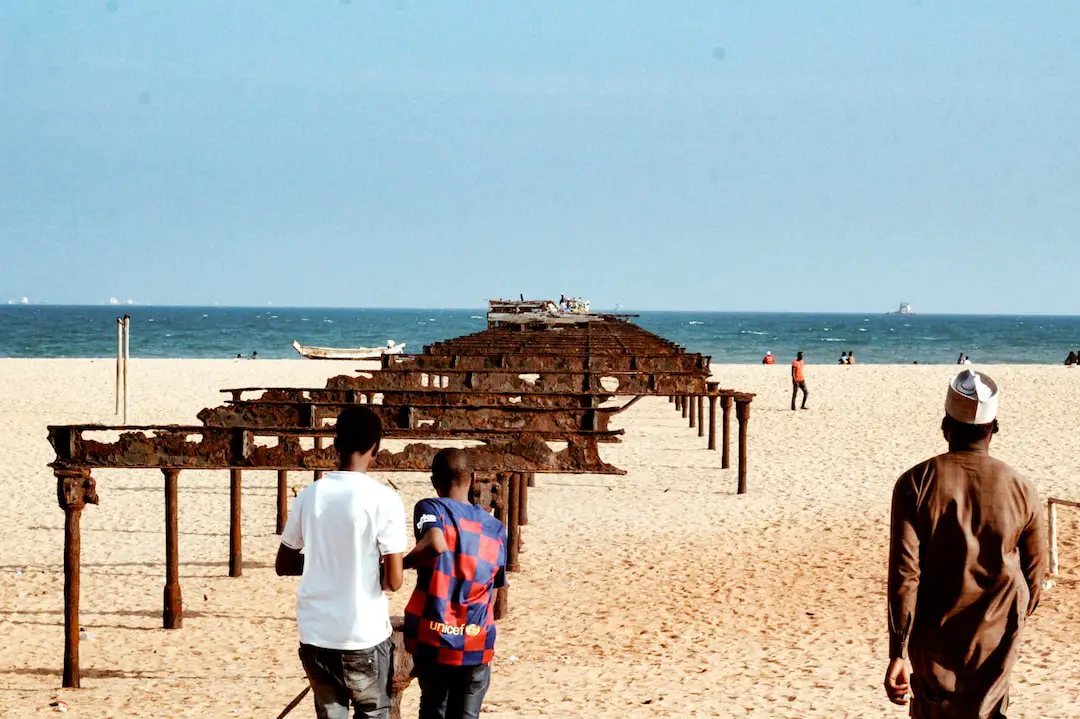
Pagouda is a small city located in the northern part of Togo.
What to see or do: Visit the market to experience the lively atmosphere, explore the nearby hills for panoramic views, and visit the nearby Louvori waterfalls.
Don’t miss: The traditional dance performances and the local cuisine, especially the fufu accompanied by spicy soup and grilled fish.
Insider travel tips: Make sure to bargain while shopping in the market and be prepared for the hot and humid climate. It is also recommended to hire a local guide for exploring the hills and waterfalls.
24. Aledjo Beach
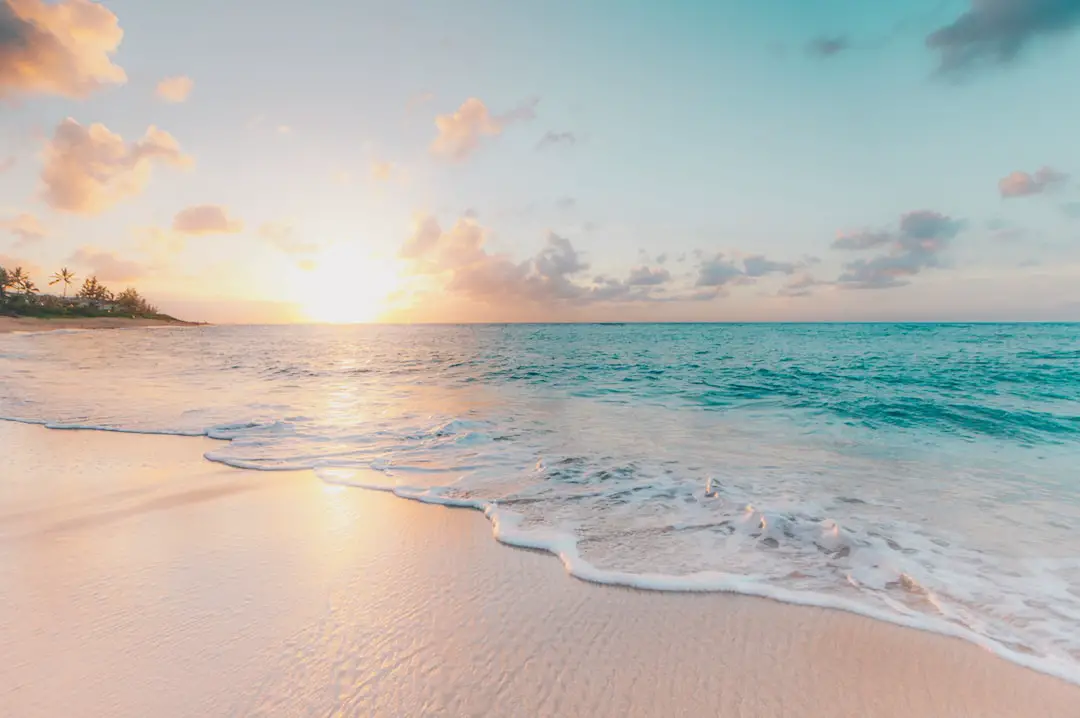
Aledjo Beach is a stunning stretch of coastline located in Benin, West Africa, boasting pristine white sand, turquoise waters and picturesque palm trees.
What to see or do: Visitors can enjoy a range of activities, including swimming, sunbathing, and watersports such as kayaking and jet skiing. Take in the stunning views and relax on this tranquil beach.
Don’t miss: Take a stroll along the beach at sunset and witness the sky come alive in shades of pink and orange. Also, don’t miss the opportunity to try some of the delicious local cuisine at one of the beachside restaurants.
Insider travel tips: Arrive early in the morning to secure a good spot on the beach, as it tends to get crowded during peak hours.
It is also recommended to bring along sunscreen and a beach umbrella to protect from the sun. Finally, be sure to negotiate prices for activities and food as vendors may initially overcharge tourists.
25. Tamberma Valley
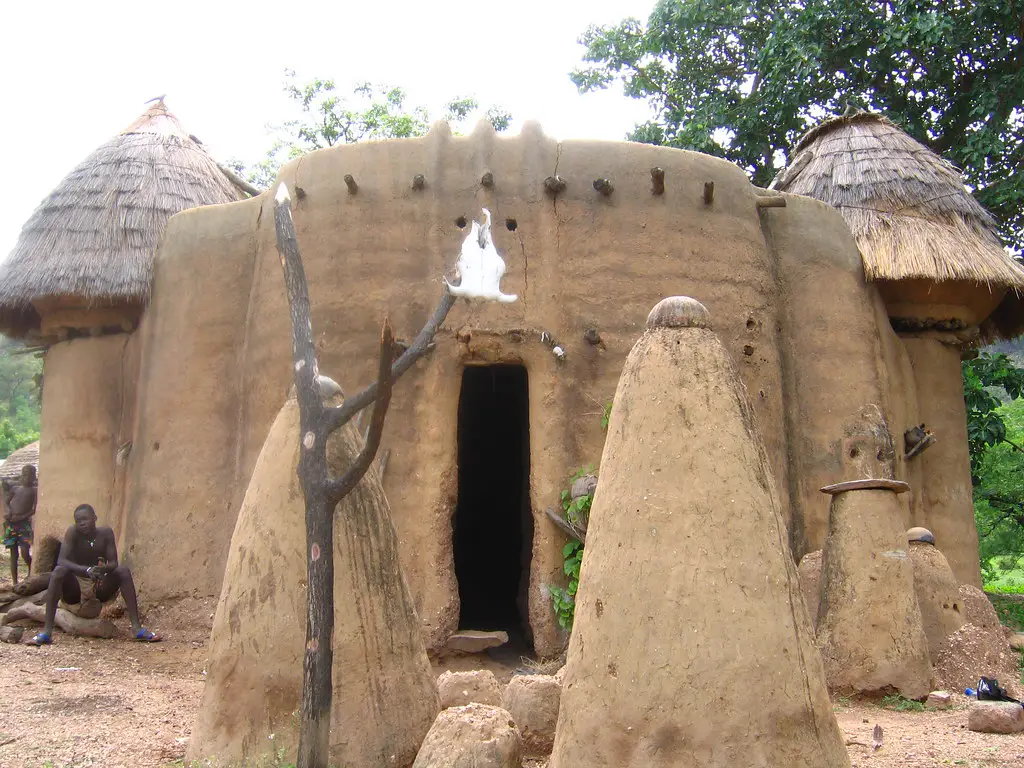
Tamberma Valley is a scenic valley located in the northern region of Togo. It is known for its unique traditional architecture and cultural heritage of the Tamberma people.
What to see or do: Explore the Tamberma villages, walk around and admire the traditional clay houses that are built in the shape of medieval castles, and take in the stunning views of the surrounding valley.
You can also hike the nearby hills and discover other smaller villages.
Don’t miss: Don’t miss a visit to the Koutammakou cultural landscape, a UNESCO World Heritage site that is located within the Tamberma Valley.
It is a testament to the ingenuity of the Tamberma people and their ability to adapt to their harsh environment.
Insider travel tips: The best time to visit is during the dry season from November to March.
26. Togo Maritime Museum
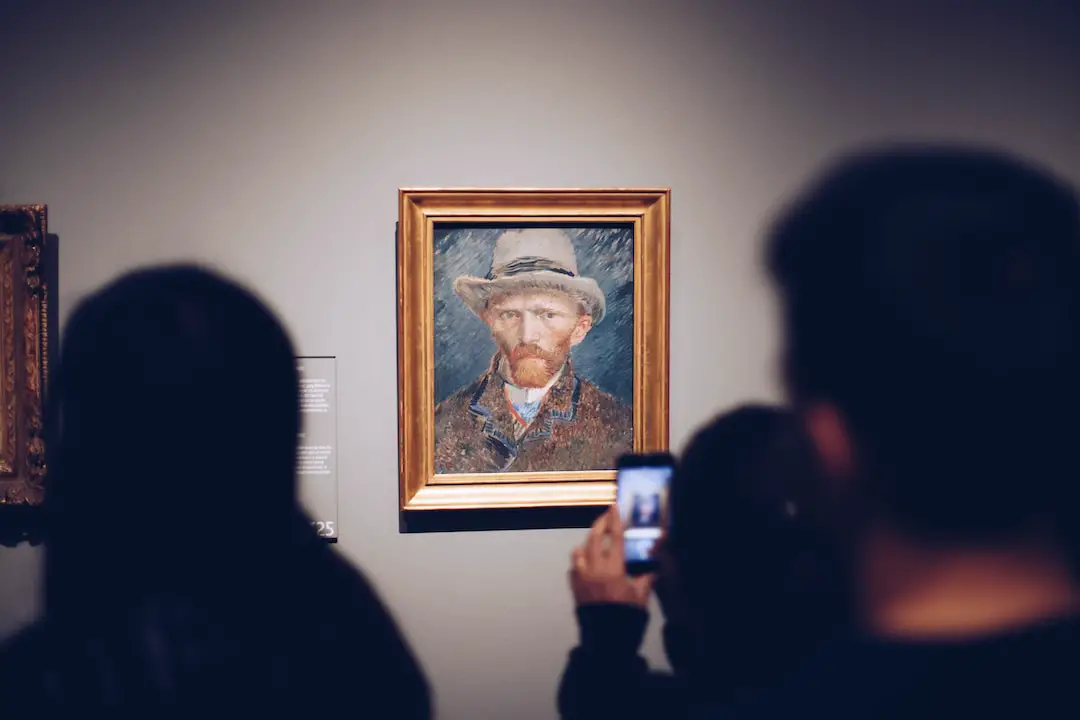
The Togo Maritime Museum is a museum in Lomé, Togo, dedicated to the history of the country’s naval and seafaring heritage.
What to see or do: The museum houses a variety of exhibits and artifacts, including model ships, navigational equipment, photographs, and paintings, all of which offer a fascinating glimpse into Togo’s maritime history.
Visitors can also take a guided tour of the museum to learn more about the exhibits and the history of the region.
Don’t miss: One highlight of the museum is the impressive collection of ship models, which range from traditional Togolese canoes and fishing boats to larger vessels used for trade and transport.
Another must-see is the collection of maritime artifacts, which includes compasses, sextants, and other navigational tools used by sailors over the centuries.
Insider travel tips: – The museum is located in the heart of Lomé, making it easily accessible to visitors staying in the city.
27. Fosse aux Lions National Park
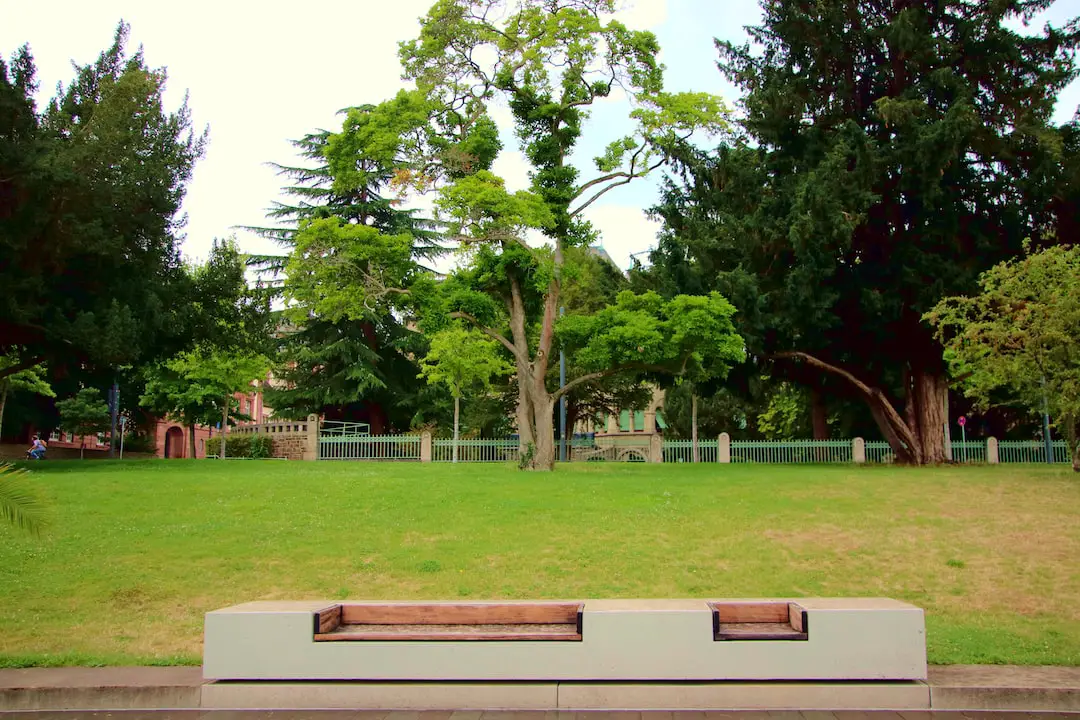
Fosse aux Lions National Park is a protected wildlife reserve located in the heart of Mauritius, known for its diverse flora and fauna.
What to see or do: Explore the lush green forests and abundant wildlife with a leisurely walk or guided tour and get a glimpse of the elusive Mauritian flying fox, giant tortoises, and a variety of bird species.
Don’t miss: Be sure to catch stunning views of the cascading Tamarin Falls, an impressive waterfall in the heart of the park, which can be accessed by a short hike.
Insider travel tips: Visit early in the morning or late afternoon to avoid the midday heat. Also, carry bottled water and comfortable shoes for walking.
28. Le Cercle Germano-Togolais
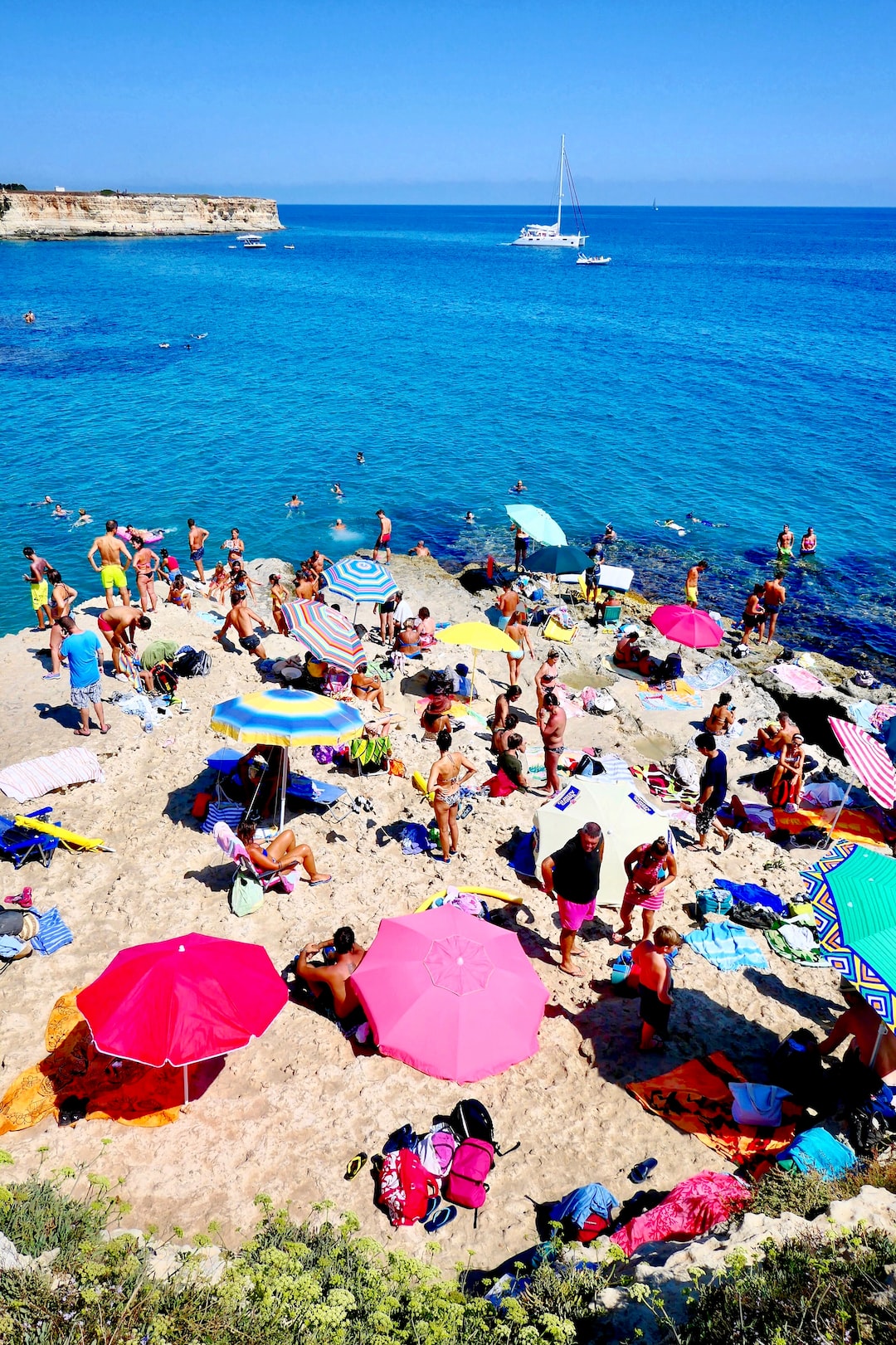
Le Cercle Germano-Togolais is a cultural center in Lomé, Togo, that promotes the German and Togolese cultures.
What to see or do: Visitors can attend cultural events, exhibitions, film screenings, and language classes at the center. The center also has a library and a small museum showcasing German and Togolese art and artifacts.
Don’t miss: Make sure to check the center’s event calendar to attend one of the many cultural events held throughout the year. Don’t miss the opportunity to take a language class to improve your German or Togolese language skills.
Insider travel tips: While visiting the center, take some time to explore the surrounding neighborhood of Agbalépédogan, where you can find local markets and delicious street food.
Also, consider visiting nearby attractions such as the Lomé Cathedral or the National Museum of Togo.
29. Kitamé Forest Reserve
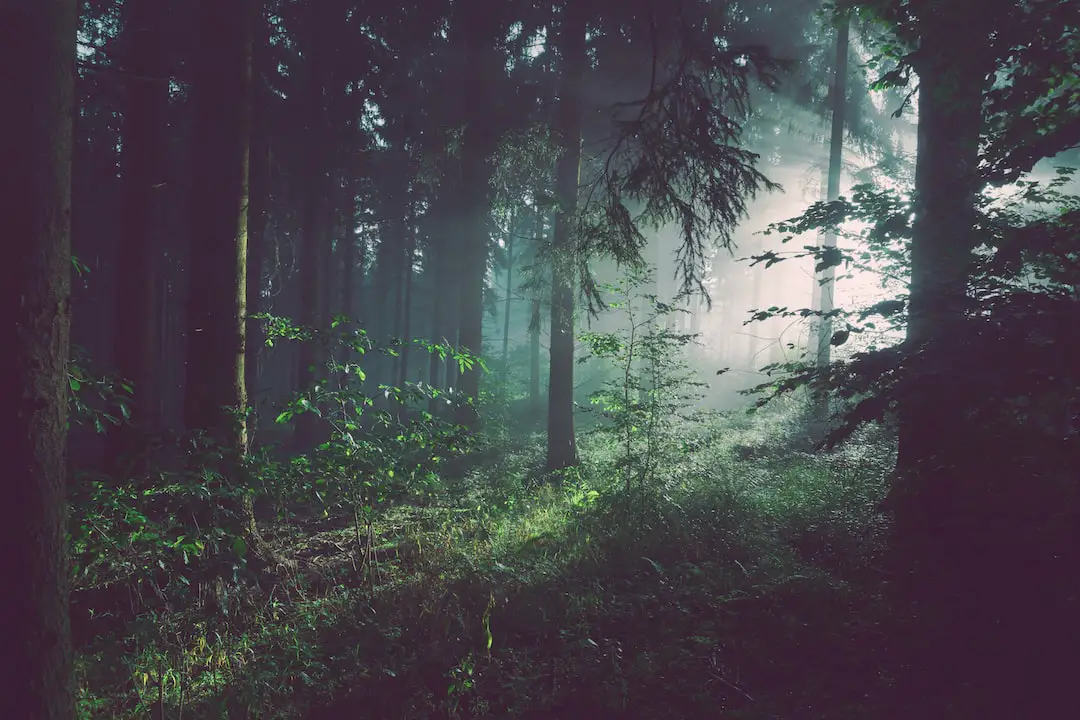
Kitamé Forest Reserve is a protected area located in Togo, West Africa.
What to see or do: The forest is home to a variety of flora and fauna, including endangered species such as the yellow-backed duiker. Visitors can explore the forest on foot and observe the wildlife in its natural habitat.
Don’t miss: Don’t miss the chance to spot the rare and elusive African golden cat, which is found within the reserve. Be sure to also check out the breathtaking waterfalls and swim in the crystal-clear pools.
Insider travel tips: – The best time to visit is during the dry season from November to March.
💪 Support independent web, support us:
